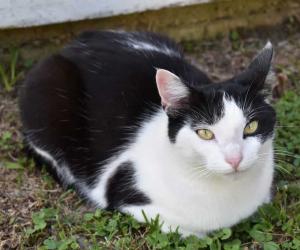Discover 10 Predators That Hunt and Eat Rats
They reproduce at incredible rates and in populated environments, they can become quite a nuisance. Rats are also remarkably intelligent, displaying problem-solving skills that leave researchers impressed. But as it goes in the wild, they are preyed upon by some skilled predators. Some approach from the skies and some stalk and pounce on the ground. Discover 10 predators that hunt and eat rats!
Discover 10 Predators that Hunt and Eat Rats
1. Snakes
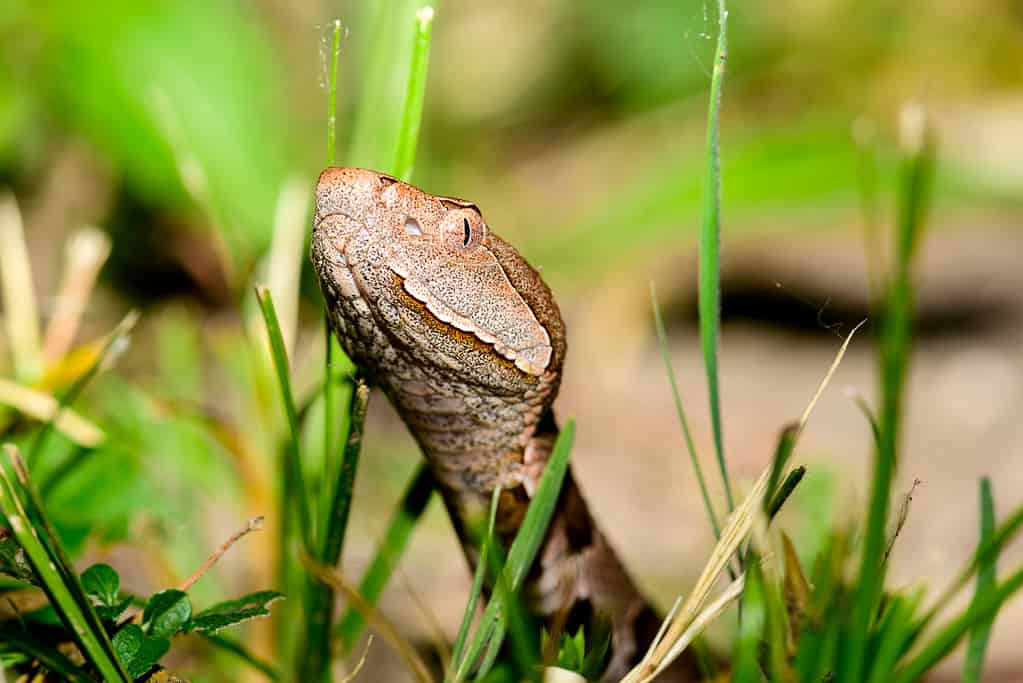
©iStock.com/JWJarrett
Scientific name: Serpentes
There is a wide range of snake species found throughout the world. Some of them are venomous and some of them are non-venomous. These are carnivorous reptiles that feast on rats. Some snakes are equipped with heat-sensing detectors, which allow them to locate rats even when they don’t have favorable visibility conditions. Typically, a snake moves stealthily or doesn’t move at all and waits for its prey to approach.
That’s when it strikes with impressive precision to either inject venom or to constrict. Once a rat has been captured by a snake, it’s doomed. Snakes can unhinge their jaws and swallow their prey whole. They don’t need to chew their food to be able to digest it. They just start swallowing. Once a snake has consumed an entire rat, the snake’s digestive enzymes get to work. Even though they swallow tough pieces of other animals like teeth, bones, and fur, their digestive system is fantastic at breaking it all down.
There are some parts that don’t get digested, and the snake excretes those parts as waste. Snakes don’t need to eat too frequently. The process of digestion may take up to several weeks, depending on how big the rat or other prey animal is. Aside from rats, snakes also eat other snakes, birds, bird eggs, amphibians, arachnids, insects, and some other small mammals if the snake is big enough.
2. Hawks
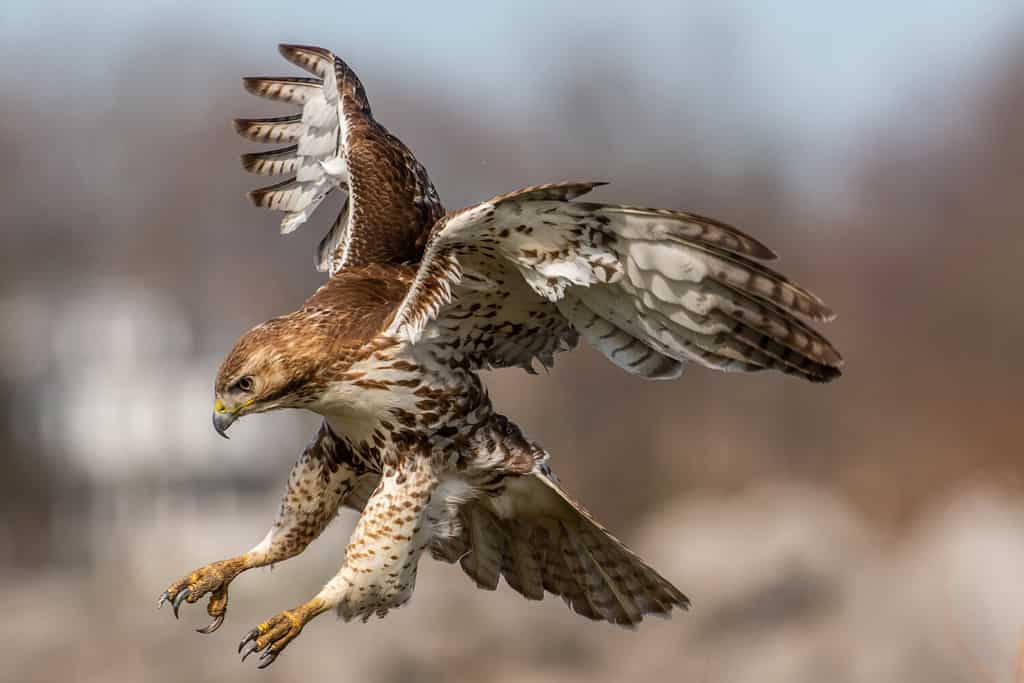
©David Brace/Shutterstock.com
Scientific name: Buteo
Hawks are birds of prey and are made for hunting. Their eyesight is acute, and they’re equipped with sharp, powerful talons that allow them to grip rats after swooping in from up above. Once they grab hold of a prey animal like a rat, they don’t let go.
They have sharp beaks that help them kill whichever prey animal they capture. It’s ultimately a hawk’s eyesight that allows them to hunt so effectively. They can spot a prey animal as small as a rat from a great distance and come in quickly to capture the unsuspecting animal. Their prey doesn’t stand a chance because they don’t know when the hawk is going to strike.
It’s not the talons that kill their prey though they can injure them. It’s ultimately a hawk’s hooked beak that delivers a lethal bite. Along with rats, hawks also feast on fish, insects, birds, reptiles, and small mammals. They are incredibly strong, and some species can capture impressively large prey.
3. Cats
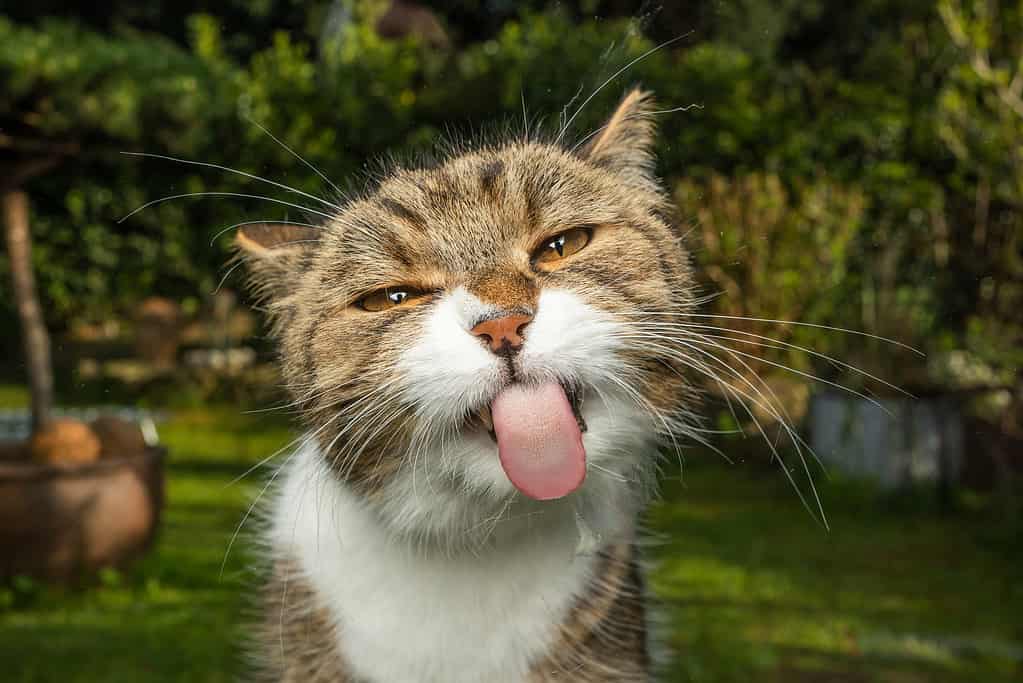
©Nils Jacobi/iStock via Getty Images
Scientific name: Felis catus
When cats are left to roam outside, they don’t rely solely on commercial pet food or homemade pet food. They’re adept hunters and have highly developed skills as predators. If you have a cat at home, you know how it crouches down and wiggles its butt when it’s about to pounce on a toy (or your foot!).
Well, they employ these hunting behaviors in the wild when hunting for food. They can see at night, their sense of hearing is sharp, and they can track prey via their scent trail. Cats use their claws and their teeth to capture and kill small animals like rodents. They’re not quick to kill, however, and sometimes even play with their food before they completely immobilize it.
They don’t swallow rats or other prey animals whole. Instead, they bite it piece by piece. Aside from rats, cats also eat insects, birds, fish, and other small mammals. Of course, they also enjoy savoring treats, kibbles, and wet food when it’s offered.
4. Possums
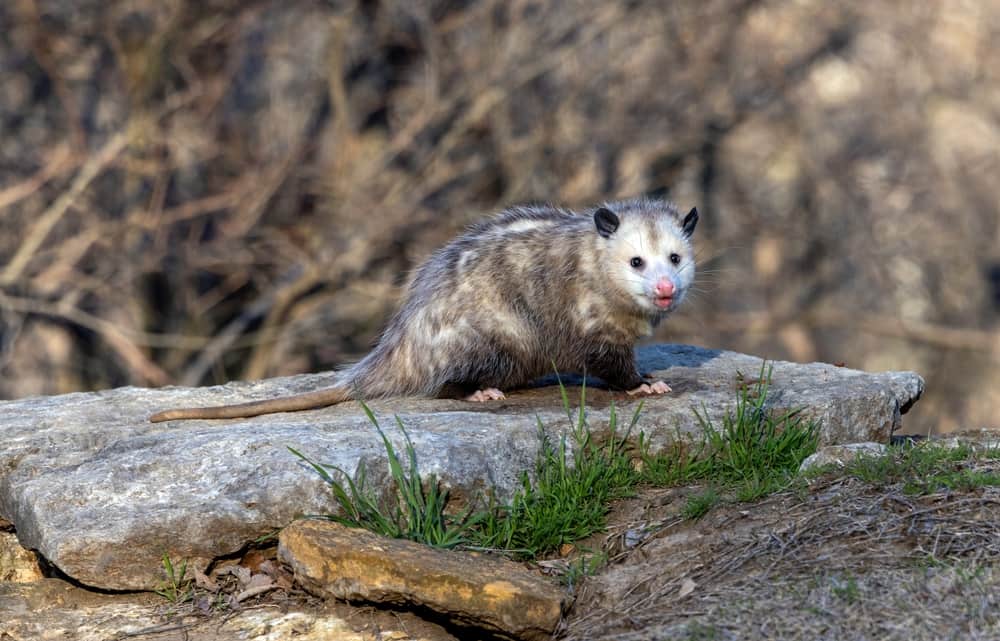
©Bert B/Shutterstock.com
Scientific name: Didelphidae
These marsupials aren’t carnivorous and instead enjoy a more varied diet that doesn’t just include meat. They’re omnivores. However, they do hunt and eat rats if they notice that they are encroaching on their territory. This isn’t exactly a staple food item in a possum’s diet but they can certainly devour a rat if they need to.
Sometimes, they don’t even hunt the rat. If they come across a rat that’s already dead, they just eat that. They’re fantastic scavengers! Eating carrion is not unusual for a possum and they’re beneficial because they sort of clean up what’s left dead and discarded. Aside from dead animals or rodents like rats, possums also eat insects, plant matter, and fruits.
5. Weasels
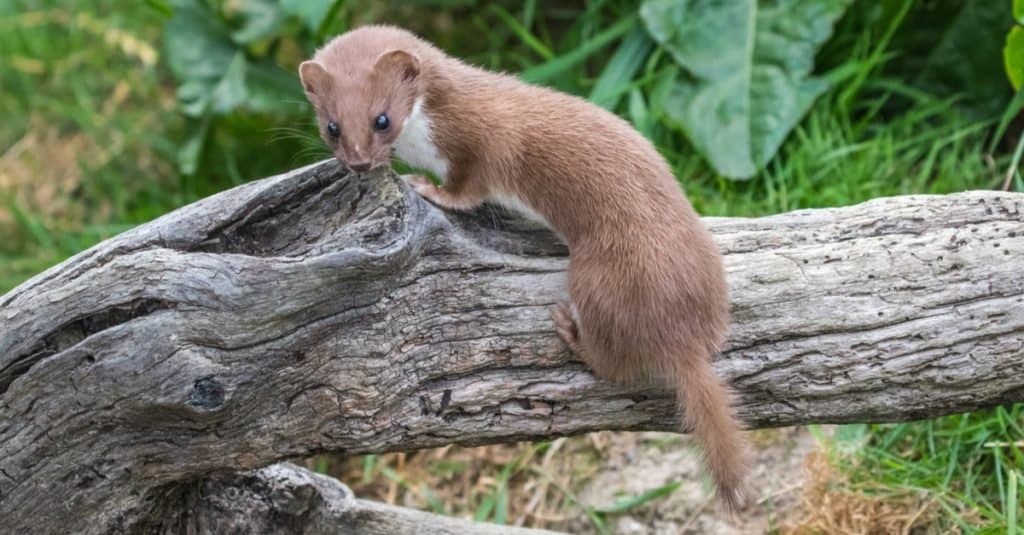
©Stephan Morris/Shutterstock.com
Scientific name: Mustela
Weasels thrive on meaty food sources. They’re small mammals with a carnivorous diet. Small mammals make up a great part of their diet, including rats. Although they may appear harmless, they are keen predators. Not only are they agile, but they’re also fast. They have an advantage based on the shape of their bodies. They’re long and slender, which means they can get into different burrows or tunnels to find hiding prey animals.
They have incredibly sharp teeth and claws that they employ when hunting rats. They are at least merciful in their killing and get it out of the way rather quickly. Although they go for rats, sometimes they go for prey that’s bigger like rabbits. These animals eat frequently and are able to digest all parts of a rat. Aside from rats, they also eat amphibians, small reptiles, birds, bird eggs, insects, and carrion.
6. Barn Owls
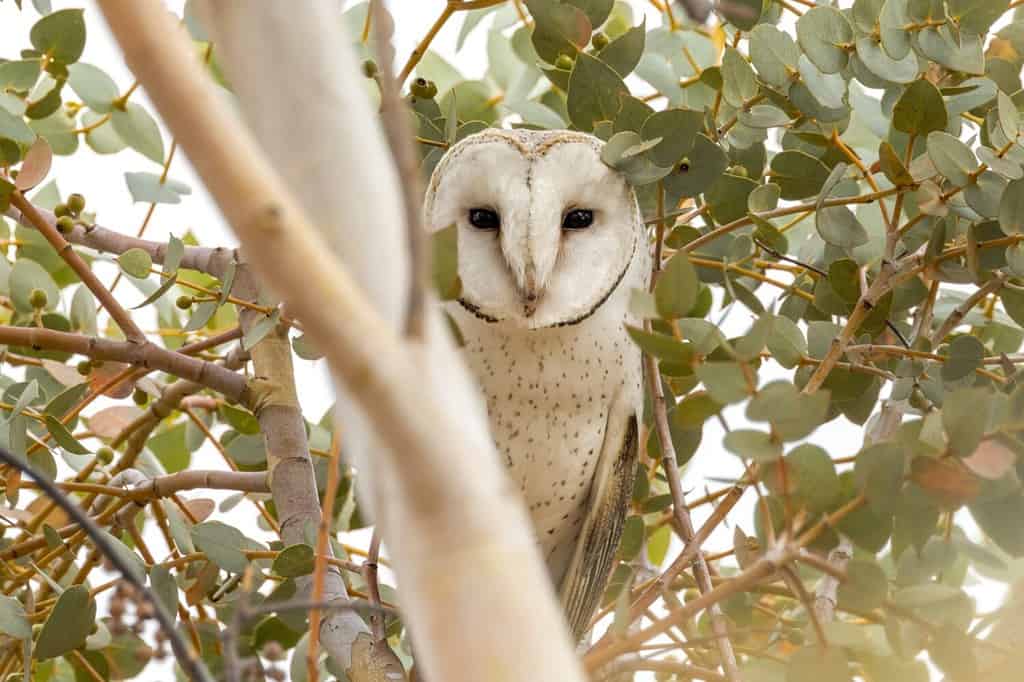
©Imogen Warren/Shutterstock.com
Scientific name: Tyto alba
You’re unlikely to spot a barn owl preying on a rat only because they operate under the cover of nightfall. With their ability to see in the dark and their keen sense of hearing, they are impressive hunters. Even when they fly, they do so in such a quiet way that you don’t notice them. When they set out to hunt a rat, they fly in search of rustling movements on the ground.
Once they spot a rat, they swoop in using their strong talons to grab hold of the unwary animal. Like hawks, barn owls have sharp beaks, which is what they use to eventually kill the rat. They don’t save it for later and instead devour it whole the moment after killing it. Although some parts of a rat are not digestible, the barn owl manages to regurgitate those impassable bits. Aside from rats, barn owls also hunt mice, birds, insects, amphibians, and lizards.
7. Eagles
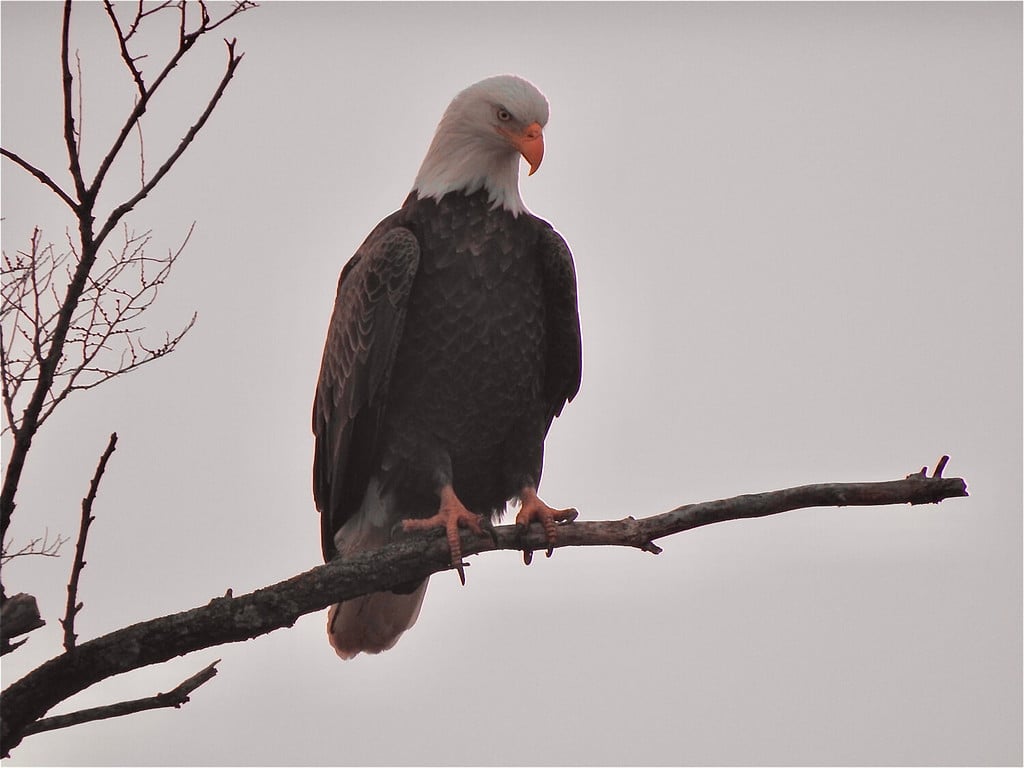
©Dorothy matula/Shutterstock.com
Scientific name: Aquila chrysaetos
Yet another bird of prey, the eagle also has an incredible advantage since it looks for prey from an aerial perspective. These birds are opportunistic, which means they snack on a range of different animals, including rats. Their eyesight is exceptional, which allows them to spot rats from long distances. They are equipped with sharp talons and sharp beaks that help them capture and tear through prey animals.
Rats aren’t exactly their go-to meal but since they’re opportunistic, they move in if they spot one. Unlike other animals, they don’t consume undigestible parts of an animal. Instead, they leave them right there on the ground where they eat. Aside from rats, eagles also eat other birds, fish, small and medium-sized mammals, and carrion.
8. Foxes
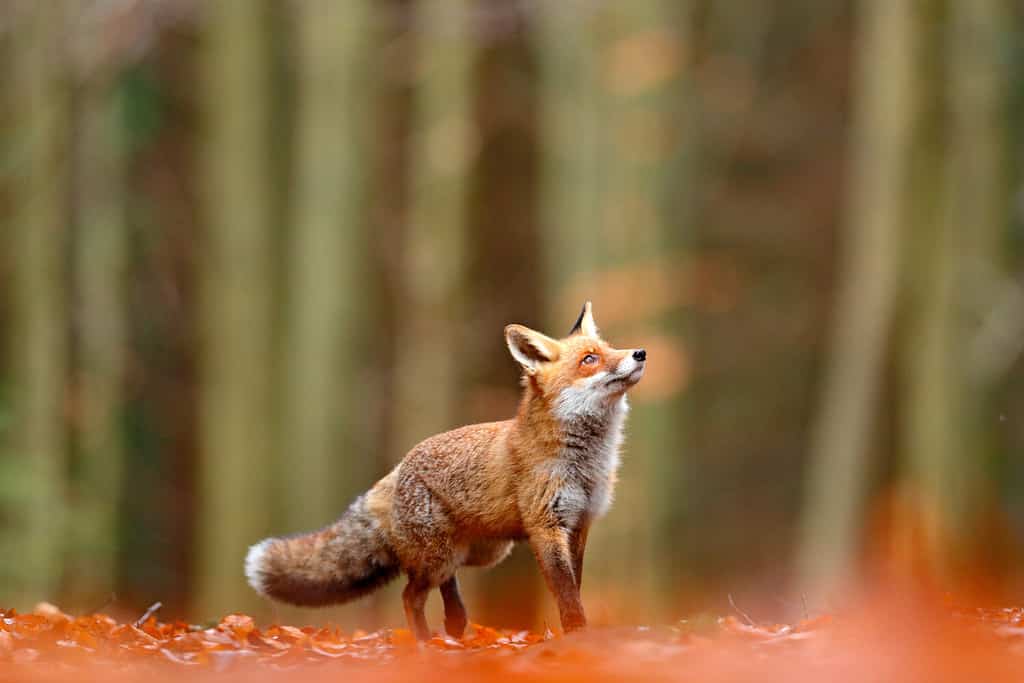
©Ondrej Prosicky/Shutterstock.com
Scientific name: Vulpes vulpes
Foxes don’t rely solely on meat to survive. These are omnivorous mammals that have highly developed hunting abilities. They’re opportunistic, taking advantage of moments when they can grab an easy meal. They typically stalk their prey before getting close enough to pounce on it. Sometimes they’re able to find rats in open areas like fields but they also know to find them in their burrows and aren’t afraid of digging in to capture their meals.
They use their teeth to effectively kill rats after capturing them. Sometimes, if they’re not in a safe location, they carry the dead rat over to a place where they feel safe enough to consume it. Otherwise, they eat it right then and there. Aside from rats, foxes also snack on other small mammals like rabbits and mice. They even eat squirrels. They also eat birds, insects, plant matter, fruit, and carrion.
9. Wolves
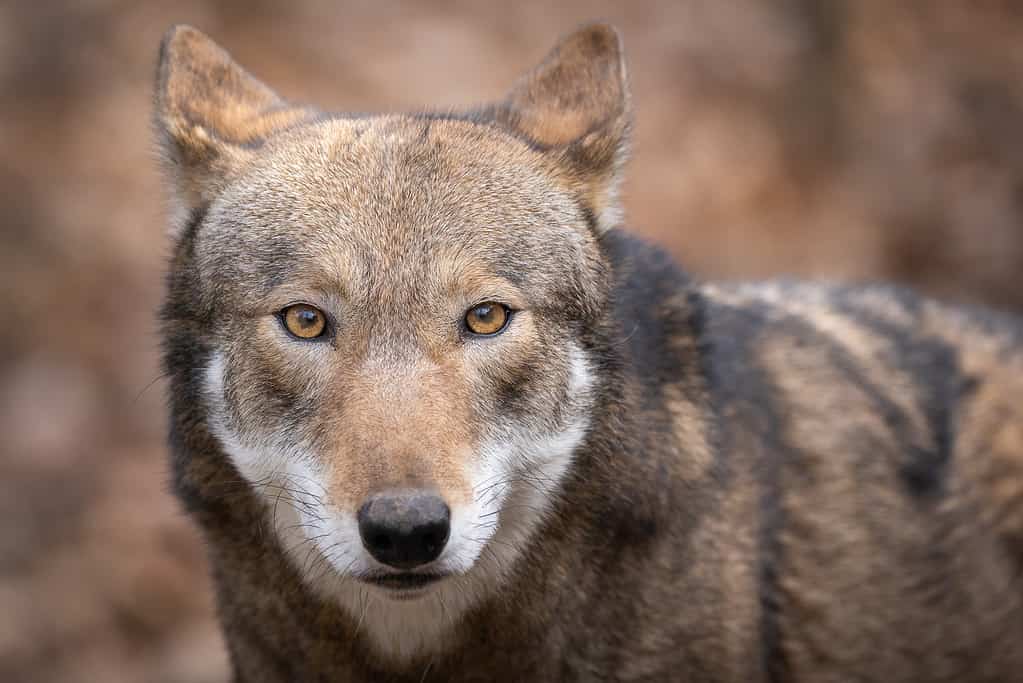
©Cavan Images/iStock via Getty Images
Scientific name: Canis lupus
Since wolves hunt in packs, they can typically take down large animals like moose or deer. However, for red wolves, rats are definitely on the menu along with mice. Wolves are significantly larger and more powerful than rats, which allows them to quickly overpower them using their sharp teeth.
When eating, they are selective, ensuring they consume the parts that provide them with the most nutrients. They discard the rest that is more difficult to digest. Aside from rats, red wolves also eat birds and carrion. But gray wolves tend to go for those larger animals so that they can share the feast among their pack.
10. Mountain Lions
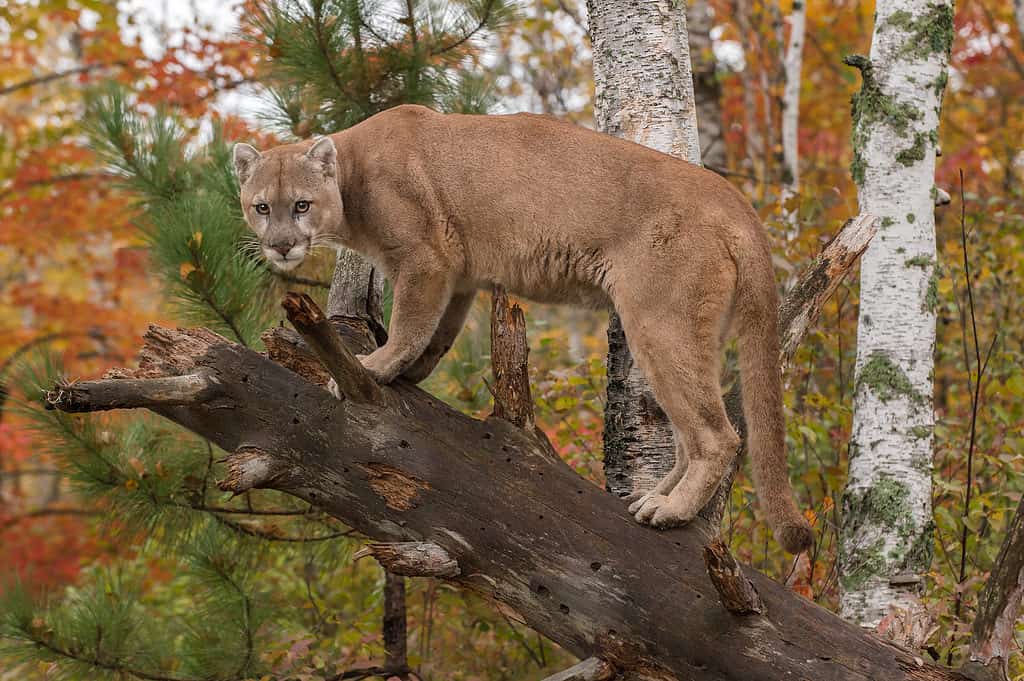
©Geoffrey Kuchera/Shutterstock.com
Scientific name: Puma concolor
Unlike wolves, mountain lions operate solo. These are carnivores that typically hunt prey that’s larger than rats but every so often, they also hunt and snack on rodents. They’re opportunistic, stalking their prey and attacking it from behind. Typically, they go for larger animals like deer, but they also eat raccoons and rodents like rats and mice.
These animals are large enough to take down elk but being that they’re opportunistic, if they’re hungry and there’s a rodent on their path, they can quickly snatch it up as a source of protein and other nutrients. After a kill, mountain lions usually take the dead animal to a more secure location so that they can enjoy it in peace. Much like other predators in this list, they don’t consume parts of animals that are more difficult to digest.


